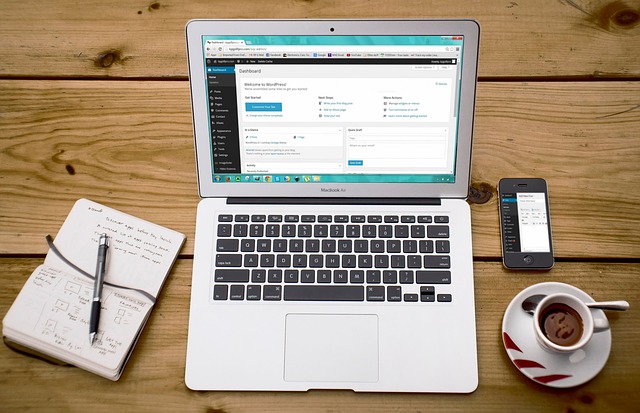How to Set Up a Pos System For Your Retail Store
A point-of-sale system is an integral part of business operations. A retail POS is a critical operational tool that should not be ignored even as you focus on your business’s other areas. A great POS system offers more than just a platform for customers to pay for their purchases. It also allows you to track your business’s sales, employee management, inventory management, and so much more. Setting up a POS can be challenging for complex companies and may require a professional, but small businesses can easily install the system without a professional’s help. Here are a few steps to follow when setting up a pos system.
- Choose the right POS system for your business.
The first thing you need to do is identify which features in a pos system are built for your business type to ensure that you choose the right one. There are various factors to consider, such as price and the type of hardware that depend on your preference.
- Installation.
As mentioned earlier, complex businesses tend to bring in a professional to install the pos system, but small businesses can choose to install it themselves. Installing it yourself requires some technical know-how, while using a professional comes at an extra price. Some of the benefits of using a professional include accurate installation, training for you and your team, data entry, and setup for inventory and items for retailers with a lot of product information. Benefits of installing the system yourself are saving money that you would have paid for installation and allows you to learn the system.
- Set up the inventory management system
Most pos systems have an inventory management system, so after choosing the right system and installing it, the next step is inputting all your inventory information in the system. After that, organize your products by categorizing each item by product type and setting stock levels depending on the amount you have on-hand.
- Set up your customer data
If you have a list of customers, setting up their names in the pos system should be done after the product setup is done. Update all the customer information you have from names, physical address, age, email address, occupation, and purchase history.
- Set up employee profiles and permissions.
If you have a team, you want to get a pos system that allows for employee accounts and permissions. Start by designating yourself as the administrator and then assign the available roles among your employees. After giving the roles, create a login and provide appropriate permission levels. This allows you to track employee hours and performance when generating the payroll report.
- Train your employees.
The last step is to train your employees on how to use the pos system. This is vital because the tools will be useless if your employees don’t know how to use them correctly. You can schedule a training with the pos provider, distribute a manual, or contact customer support in case of any difficulties.


